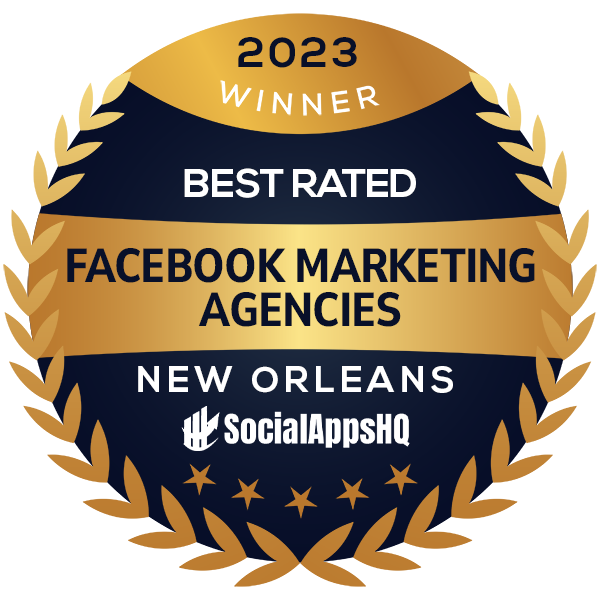Leveraging the Problem-Solution Model in Your Messaging Strategy
In the ever-evolving world of marketing, one thing remains constant: the need to connect with your target audience effectively. To do this, you must not only understand their pain points and challenges but also offer viable solutions. Enter the Problem-Solution Model, a tried-and-true approach that has helped countless businesses craft compelling marketing messages. In this blog post, we'll explore the power of the Problem-Solution Model and how to use it in your marketing strategy for maximum impact.
The Problem-Solution Model is a straightforward yet immensely effective framework that guides your marketing message creation process. It involves two key elements:
1. Identifying the Problem:
- First, you must clearly define the problem or pain point that your target audience faces. This requires deep insight into your audience's needs, desires, and challenges.
- The more precise you are in identifying the problem, the more relatable and engaging your marketing message will be.
2. Presenting the Solution:
- Once you've identified the problem, the next step is to introduce your product or service as the ultimate solution.
- Highlight the unique benefits and features of your offering that directly address the identified problem.
The Power of Empathy
To effectively use the Problem-Solution Model, you must empathize with your target audience. Put yourself in their shoes and genuinely understand their struggles, frustrations, and aspirations. By doing so, you'll create marketing messages that resonate on a deeper level.
Let's delve into how to leverage this model in your marketing message strategy:
1. Audience Research:
- Conduct thorough research to understand your target audience's demographics, psychographics, and pain points.
- Use surveys, interviews, and data analytics to gather insights into their needs and preferences.
2. Crafting Problem-Centric Messaging:
- Create marketing messages that start by addressing the pain points of your audience.
- Use relatable language and examples to paint a vivid picture of the problem.
3. Highlighting Your Solution:
- Showcase your product or service as the ideal solution to the identified problem.
- Clearly communicate how your offering resolves their pain points and improves their lives.
4. Showcasing Benefits and Features:
- Emphasize the unique benefits and features that set your product or service apart.
- Explain how these features directly address the problem, making it easier for your audience to visualize the solution.
5. Success Stories and Social Proof:
- Share real-life success stories and testimonials from satisfied customers.
- This provides social proof and builds trust, reinforcing the effectiveness of your solution.
6. Call to Action (CTA):
- Conclude your marketing message with a strong and actionable CTA.
- Encourage your audience to take the next step, whether it's making a purchase, signing up for a newsletter, or scheduling a demo.
To illustrate the effectiveness of the Problem-Solution Model, here are a few examples:
- Problem: "Struggling with time-consuming manual tasks at work?"
- Solution: "Try our automated productivity software and reclaim your valuable time."
- Problem: "Worried about the security of your online accounts?"
- Solution: "Protect your digital life with our state-of-the-art password manager."
- Problem: "Overwhelmed by clutter and disorganization at home?"
- Solution: "Experience the joy of decluttered living with our organization services."
In the world of marketing, connecting with your audience on a personal level is paramount. The Problem-Solution Model is a powerful tool that allows you to do just that. By empathizing with your audience, understanding their problems, and offering compelling solutions, you can create marketing messages that resonate deeply and drive results.
Remember, it's not just about what you offer; it's about how you frame it. When you position your product or service as the answer to your audience's most pressing problems, you create a marketing strategy that speaks directly to their needs and aspirations. So, embrace the Problem-Solution Model, and watch your marketing messages transform into compelling, customer-focused narratives that drive success.








